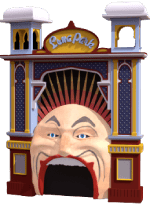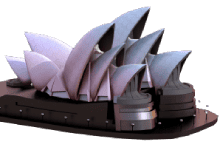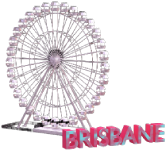Your homepage is supposed to provide visitors with everything they need to know about your company as well as perform the SEO lifting for you. Sounds like a difficult task, doesn’t it? There’s a lot of pressure on your homepage to attract people and persuade them to learn more about your website. So, how can you make a homepage that does all for you?
Branding & Navigation
To acclimate visitors to the look and feel of your company, start using your logo and other branded components from the beginning. Keep your layout basic, clean, and easy to understand by establishing your brand identity right away with your logo and other branded elements. Make sure that all-important sections of your site are highlighted in the menu, as well as
Explain What You Do
Your website should make it easy for visitors to figure out what you’re selling. It’s that simple. It may be self-evident, but it’s a must-have for every homepage. Make sure your homepage is clear about what you offer and why the visitors should care. Write content that clearly describes what you have to offer people.
Keep It Concise
Get down to business and cut the fluff. You should use the fewest amount of words possible to provide a full picture of your website. If visitors are forced to sift through huge text, they may abandon your site. Keep it simple and avoid using any fancy terms. It’s usually better not to utilise a five-dollar term when a
Keywords
Use keywords throughout your homepage where you can. Concentrate on a few keywords and apply them where they make sense. Avoid forcing numerous keywords into your material; this is known as keyword stuffing. If you successfully sprinkle a small number of important keywords throughout your homepage, it will improve the overall SEO of your website.
Headings
Furthermore, headers distinguish important elements of a webpage while also separating paragraphs of text and affecting SEO. If you can, utilise significant keywords in your headers. The keyword “no-stuffing rule” still applies: keep it natural and try not to force things. You should only use one H1 tag at the top of your site (the title tag).
Visuals
Visuals, like headings, provide the user with a brief break from text. Your visitors may become overwhelmed by too much content on your homepage. If you have the space, use relevant images to entice people to learn more about you. Make an effort to include images along with tiny blocks of text if possible. This provides visitors something interesting.
Calls to Action (CTAs)
The use of CTAs on a website is critical. Because your homepage should provide an overview of the entire site, CTA buttons should be incorporated into it (and the rest of the site, for that matter). You want to encourage people to explore further into your website by providing them with a quick summary of what’s here. This is where CT
Place links on your website that direct visitors to other pages for additional information. The goal is for you to do the legwork for them. If you have a short description about a highlighted product on your homepage, save time and effort by placing a button beneath it that directs visitors straight to this item.
The tone of your entire website is set by your homepage. It should be clean, succinct, and provide a high-quality user experience. When a visitor reaches the bottom of your homepage, you should have answered their critical who, what, and why questions about your organisation and made easy access to further information available.





